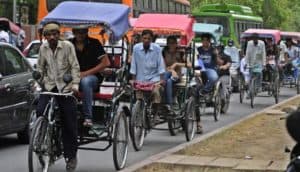
If you happen to roam around North Campus, there are two things you won’t miss seeing: one, a fast-food corner and two, students. They are everywhere, be it Kamla Nagar, Roop Nagar or Aadarsh Nagar. This is not news since North Campus is all about DU colleges. With these students, comes the question of their accommodation as more than 70% of them are outstation residents. It is here that these ‘fancy’ PGs play their role, and how! The students are provided with a fully air conditioned room, a gym, “all kinds of beauty treatment facilities”, Maggi and cold drinks a phone call away, 24 hours power back up, Wi-Fi, personal bathrooms, any time cab facility and so on! The rates of such PGs range from Rs 14000 to 20000 per month.
“In our times a student’s life was considered to be one filled with hardships, where a good result was the fruit of multiple sacrifices that the student made by leaving the comfort of his home and by surviving the brutalities of the world outside. And look at the scenario now!” comments a DU teacher. The students, away from home, live in much luxury now, and their parents think nothing of the 20 or so grand they lavish on their kid each month. The worst part is that the quality of all these PGs tops the scale during the first few months, but it’s downhill after that. Reportedly, the Wi-Fi stops working, the food quality deteriorates and the AC does not work half of the time. “We don’t have an alternative to leave the PG and move elsewhere since that would result in us forfeiting the security the landlords take in the beginning (which is rent of two months)” says Ridhima, a paying guest.
Most of the PGs are not even registered, meaning that they are not legally permitted to carry on a commercial business. The tactics that they use to exploit the comfort-seeking students is deplorable. Just half a decade back the maximum a hostel or a PG charged was Rs 7000.
However, a respite from these fraud PGs is DU hostel. The newly opened Undergraduate hostel and the Rajiv Gandhi hostel for girls are not only cheap but far better than these PGs. They are clean, spacious and the food is hygienic and delicious. And all this in around Rs 24000 per year! The admission to the hostel is however on merit basis since they provide accommodation only to 800 girls.
Aishwarya Chaurasia
[email protected]
Image credits: Sapna Mathur

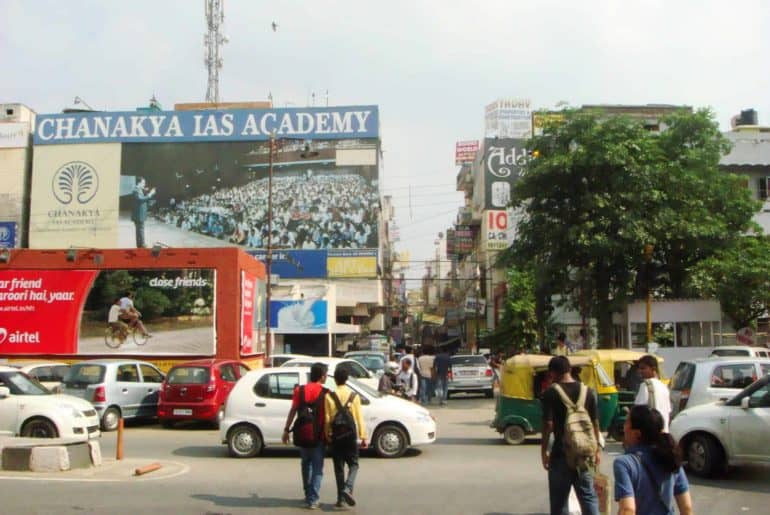




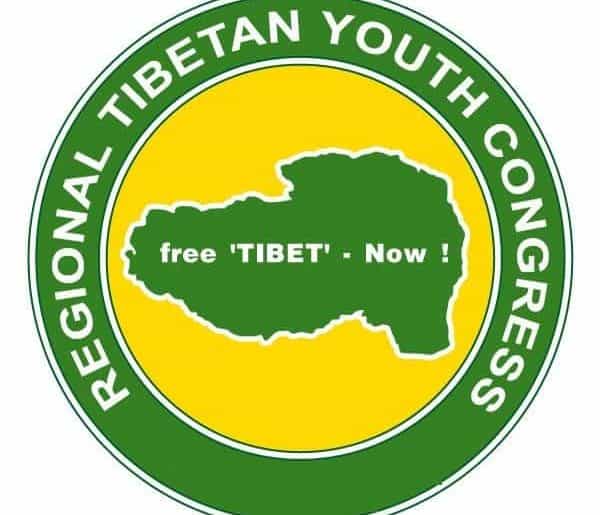

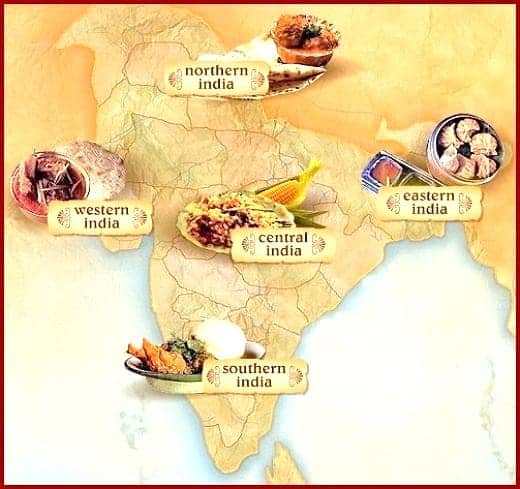

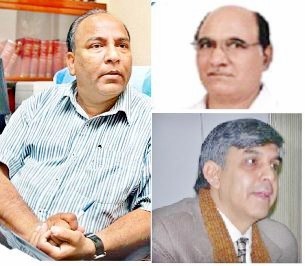



 Picture source: Reuters
As the sun rose over the country this morning, a large part of North India found itself in the middle of the worst power outage in ten years. Citizens of New Delhi, Punjab, Haryana, Rajasthan, Uttar Pradesh, Uttarakhand, Himachal Pradesh and Jammu & Kashmir were left with with no power supply in their homes to carry out day to day activities. Majority of the nation was especially brought to a standstill as all other activities halted due to lack of electricity. Inter- state transport, water supply and public transport faced the brunt of this power cut.
In New Delhi, the metro services suffered as stations were locked out and people were left stranded. Looking closely at the plight of DU Students, as the Delhi Metro (an impetus for commuting) had come to an abrupt halt- students had to rely on over- crowded busses, auto rickshaws or cars on Delhi roads, which already happened to be clogged with traffic.
Adding to their misery, once the students did make the perilous journey to college they discovered that classes had either been cancelled or postponed. “It was horrible, in fact horrible is an understatement. We were squished in the over crowded bus, a friend of mine was on the verge of crying. We had to get off halfway and take an auto- only to find out that classes had been cancelled.” said Riya Anna Kuruvilla, a first year student from Hindu college who had to travel from Dwarka to North Campus.
“I took the metro for granted as I used to travel by it since day one, today I had to take a bus. Being new to this route it was tough for me, but owing to the power cut, I could discover an alternate way of commuting!” Shreya Mudgil, a first year English Hons. student from Bharti College added.
Thanks to the prowess of the authorities most of the electricity supply did return soon bringing life back to normal; however the morning was a bit of a jolt to the whole of North India.
Deepali Datta a first year student from LSR made an uncanny observation she said, “An interesting side of Delhi emerged today as everybody became everybody’s Google Map, people gave way to pedestrians despite faulty traffic lights. Some students like me, did miss out on the attendance for the first lecture, but the lesson learnt was worth it, nothing can stop a city like Delhi. One grid collapsed but another emerged- the People’s Grid.”
A pat on the back to all Delhiites- students, parents, office goers alike- who did made it to their respective duties on time and did not abort any of the city’s activities! And DU students who did manage to get the whole day’s attendance deserve special mention here, don’t they?
Anugrah Gopinath
Picture source: Reuters
As the sun rose over the country this morning, a large part of North India found itself in the middle of the worst power outage in ten years. Citizens of New Delhi, Punjab, Haryana, Rajasthan, Uttar Pradesh, Uttarakhand, Himachal Pradesh and Jammu & Kashmir were left with with no power supply in their homes to carry out day to day activities. Majority of the nation was especially brought to a standstill as all other activities halted due to lack of electricity. Inter- state transport, water supply and public transport faced the brunt of this power cut.
In New Delhi, the metro services suffered as stations were locked out and people were left stranded. Looking closely at the plight of DU Students, as the Delhi Metro (an impetus for commuting) had come to an abrupt halt- students had to rely on over- crowded busses, auto rickshaws or cars on Delhi roads, which already happened to be clogged with traffic.
Adding to their misery, once the students did make the perilous journey to college they discovered that classes had either been cancelled or postponed. “It was horrible, in fact horrible is an understatement. We were squished in the over crowded bus, a friend of mine was on the verge of crying. We had to get off halfway and take an auto- only to find out that classes had been cancelled.” said Riya Anna Kuruvilla, a first year student from Hindu college who had to travel from Dwarka to North Campus.
“I took the metro for granted as I used to travel by it since day one, today I had to take a bus. Being new to this route it was tough for me, but owing to the power cut, I could discover an alternate way of commuting!” Shreya Mudgil, a first year English Hons. student from Bharti College added.
Thanks to the prowess of the authorities most of the electricity supply did return soon bringing life back to normal; however the morning was a bit of a jolt to the whole of North India.
Deepali Datta a first year student from LSR made an uncanny observation she said, “An interesting side of Delhi emerged today as everybody became everybody’s Google Map, people gave way to pedestrians despite faulty traffic lights. Some students like me, did miss out on the attendance for the first lecture, but the lesson learnt was worth it, nothing can stop a city like Delhi. One grid collapsed but another emerged- the People’s Grid.”
A pat on the back to all Delhiites- students, parents, office goers alike- who did made it to their respective duties on time and did not abort any of the city’s activities! And DU students who did manage to get the whole day’s attendance deserve special mention here, don’t they?
Anugrah Gopinath

